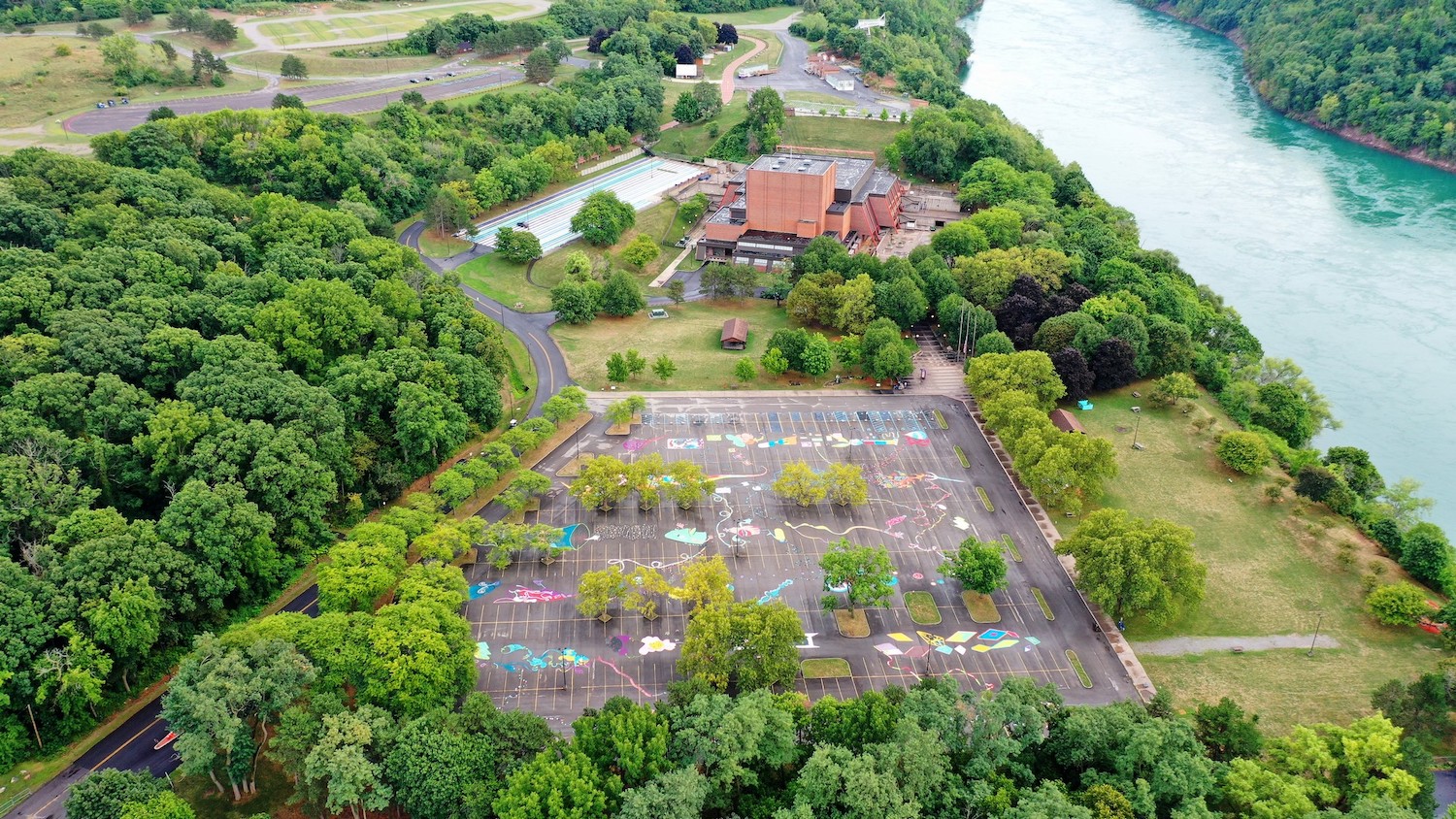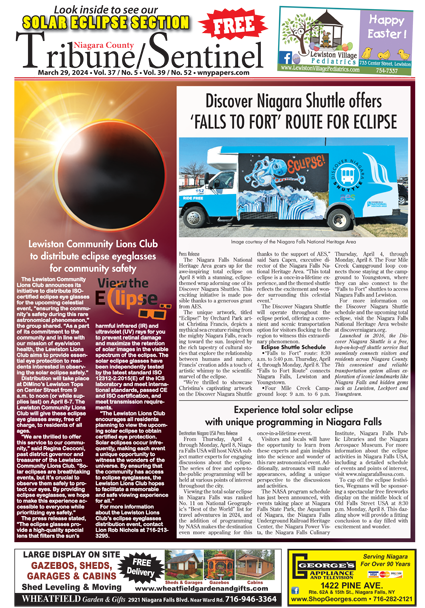Featured News - Current News - Archived News - News Categories
Back-to-school reminders
Guest Editorial by The Skin Cancer Foundation
With summer winding down and school beginning, you may find that sun protection isn’t top of mind like it is during warmer months. But harmful ultraviolet (UV) rays are present year-round and can be just as dangerous in the schoolyard as they are at the beach. With many schools implementing outdoor learning due to the COVID-19 pandemic, sun protection for children when they head to school is more important than ever.
“Sun exposure during childhood can contribute to skin cancer risk and premature skin aging later in life,” says Deborah S. Sarnoff, M.D., president of The Skin Cancer Foundation. “Children spend most of their time at school, and if classes are being held outside, it’s imperative students are practicing sun protection.”
UV rays are most intense from 10 a.m. to 4 p.m., when students are usually in school. If they’re outside for class, recess or after-school sports, they’re at risk of exposure. The first line of defense for students is clothing, so dress children in densely woven and bright- or dark-colored fabrics, which offer the best defense. The more skin you cover, the better, so choose long sleeves and long pants whenever possible. To protect the face, neck and eyes, send kids to school with a wide-brimmed hat and UV-blocking sunglasses for use outside.
Sunscreen application should be part of your child’s daily routine. The Skin Cancer Foundation recommends children use a water-resistant, broad-spectrum (UVA/UVB) sunscreen with an SPF of 30 or higher. While parents should apply sunscreen to younger children, older kids and teens should learn to apply it themselves and make it a daily habit. Apply sunscreen generously to all skin that may be exposed. Don’t forget easy-to-miss spots like the ears, back of the neck and tops of the feet and hands. To remain effective, sunscreen should be reapplied every two hours and immediately after swimming or sweating. At a minimum, remind children to reapply sunscreen before any outdoor classes or after-school sports.
In the U.S., sunscreens are regulated by the FDA as over-the counter medications and may require the school nurse to apply it or students to provide written permission from a physician to use it. Schools may also ban hats and sunglasses during school hours, including recess. If that is the case, The Skin Cancer Foundation has created a sun protection permission form that parents and physicians can sign, allowing students to bring these items to school, apply and use as needed. The form is available at SkinCancer.org/schoolnote.
While a personal sun protection routine is a great way to ensure your child is safe from UV rays, you can also reach out to your child’s school with questions and suggestions. Check to see if there are adequate places for students to seek shade during outdoor activities. Shade can be provided by gazebos and roof structures, awnings, shade sails and natural shade, such as trees with thick leaf coverage. Starting a dialogue with school administrators will allow you to discuss the possibility of adding shade structures if there are none available in the schoolyard.
About The Skin Cancer Foundation
The Skin Cancer Foundation saves and improves lives by empowering people to take a proactive approach to daily sun protection and the early detection and treatment of skin cancer. The mission of the foundation is to decrease the incidence of skin cancer through public and professional education and research. Since its inception in 1979, the foundation has recommended following a complete sun protection regimen that includes seeking shade and covering up with clothing, including a wide-brimmed hat and UV-blocking sunglasses, in addition to daily sunscreen use. For more information, visit www.SkinCancer.org.





























